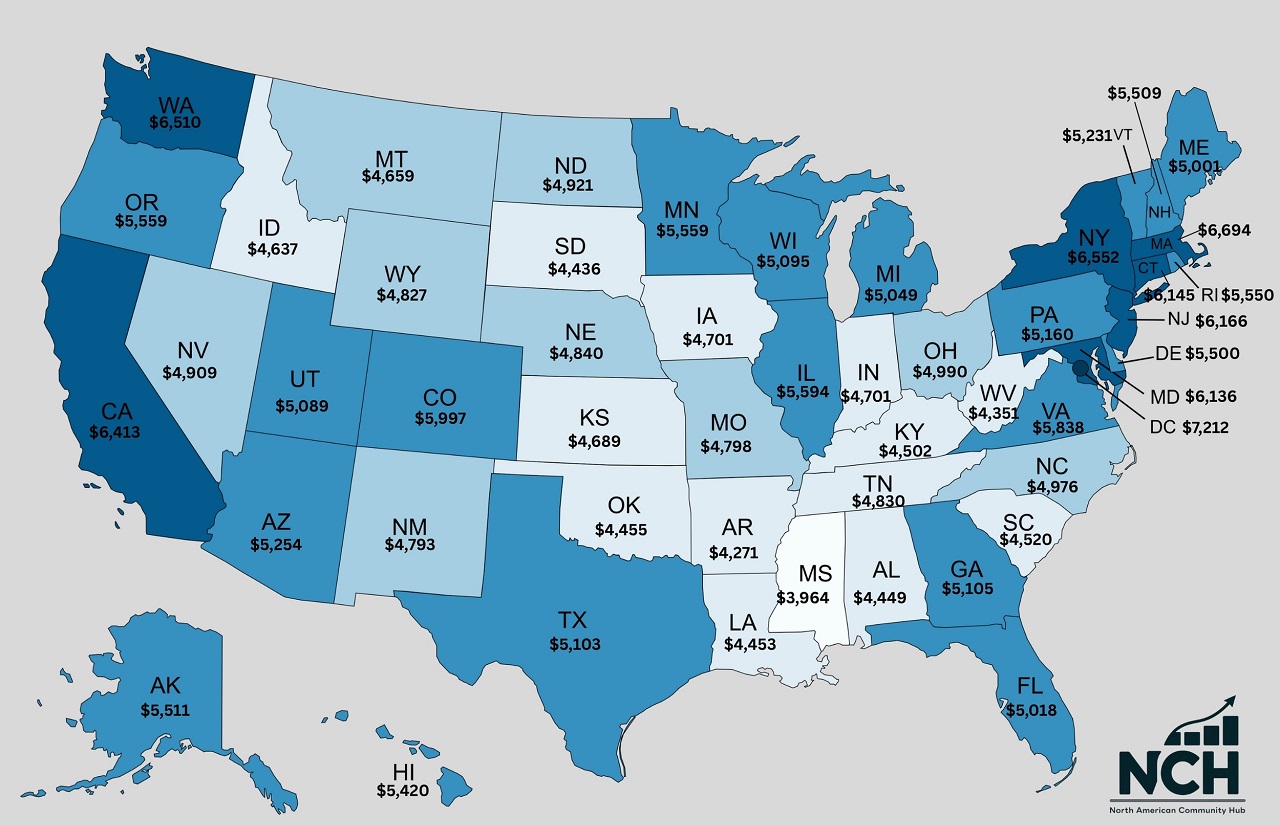
Average Salary Per Month US – Key Insights for 2025 Earnings
The average salary per month in the US in 2025 sits at about $5,625, but that number hardly tells the full story. Some people take home far more, others far less. Median weekly earnings are around $1,194, which works out to about $5,174 a month. Pay depends heavily on where you live and what kind








